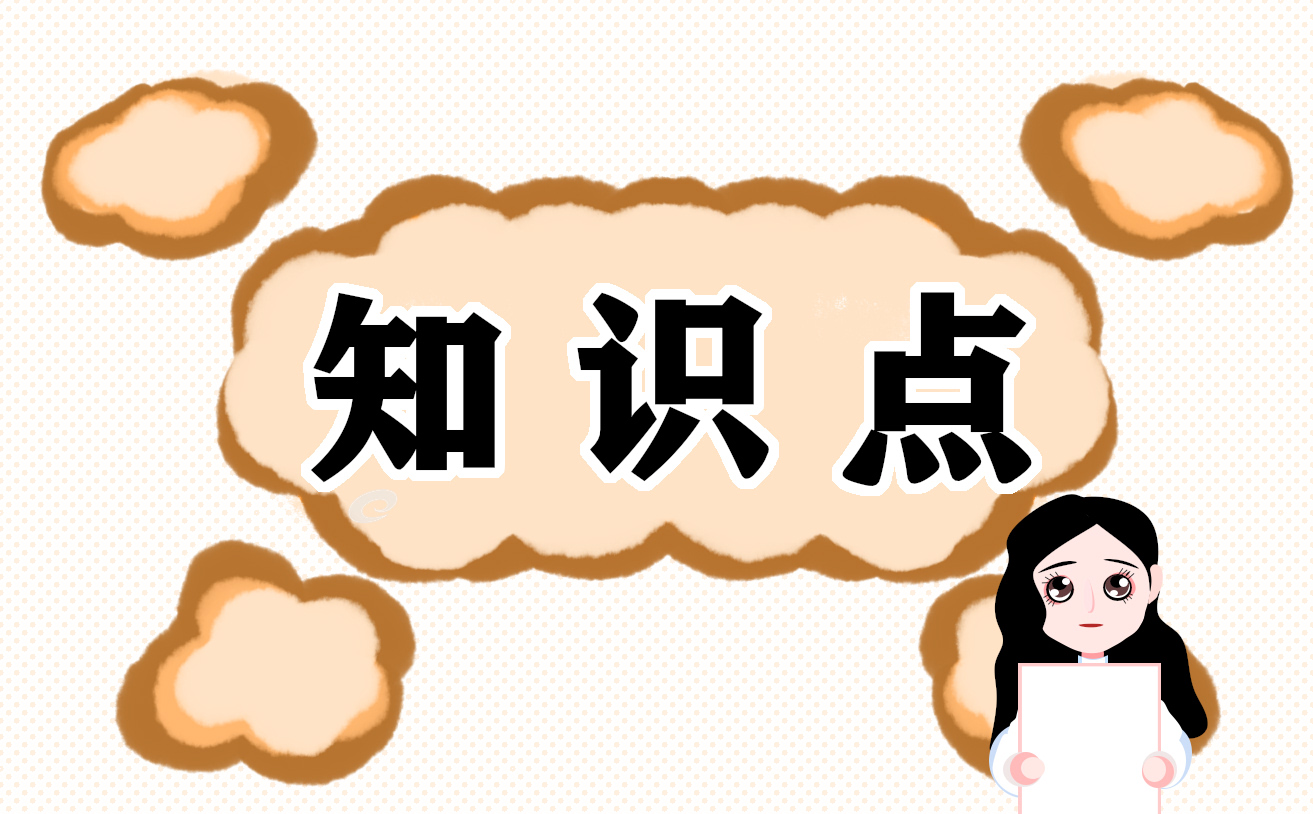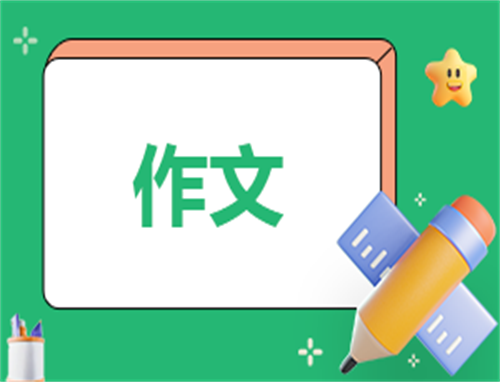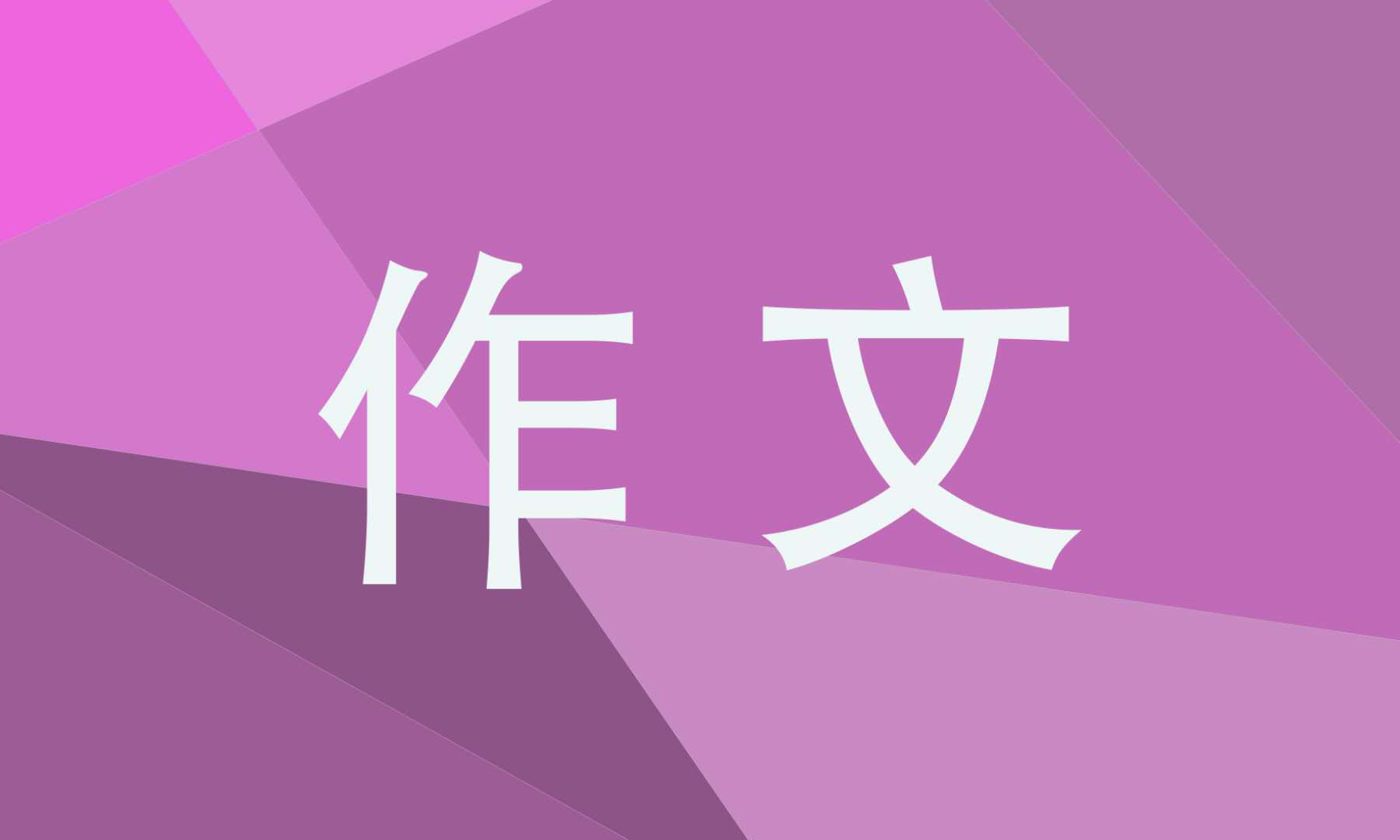最新版小学三年级英语知识点汇总
三年级英语是学生学习英语的基础,是奠定以后学习包括中考英语和高考英语的一个开头,所以学习好三年级英语很重要,学好英语无非就是积累词汇和句子,小编为大家整理了最新三年级下册英语知识,希望能帮助到您。
Unit 1
一、词汇
UK英国 Canada加拿大
USA 美国 China 中国
she 她 student 学生
pupil 学生(尤指小学生 ) he 他
teacher 教师 boy 男孩
and 和;与 girl女孩
new 新的 friend朋友
today 今天
二、句子
1. Nice to meet you.
很高兴见到你。
2. Where are you from?
你来自哪里?
I’m from the UK.
我来自英国。
3. We have two new friends today.
今天我们有两位新朋友。
4. I’m Amy. I’m from the UK.
我是埃米。我来自英国。
5. I’m Zhang Peng. I’m from Shandong.
我是张鹏。我来自山东。
6. Mr Jones, this is Amy. She’s a new student.
琼斯老师,这是埃米。她是一名新学生。
7. This is Amy. She’s a student.
这是埃米。她是一名学生。
8. This is Mr Jones. He’s a teacher.
这是琼斯老师。他是一名教师。
三、句型结构
1. I’m from +国名/地点.
例子:
I’m from Canada.我来自加拿大。
2. I’m +姓名.
例子:
I’m Jenny. 我是珍妮。
3. He/ She is a/ an+身份或其他情况.
例子:
She is an actress. 她是一名演员。
4. Where are you from?
I’m/ We’re from+地点.
例子:
Where are you from? 你来自哪里?
I’m from New York. 我来自纽约。
Unit 2
一、词汇
father 父亲;爸爸 dad (口语)爸爸;爹爹
man 男人 woman女人
mother 母亲;妈妈 sister 姐;妹
brother 兄;弟 grandmother(外)祖母
grandma (口语)(外)祖母 grandfather (口语) (外)祖父
grandpa (口语) (外)祖父 family 家庭
二、句子
1. Who’s that woman?
那位女士是谁?
She’s my mother.
她是我妈妈。
2. Who’s that man?
那位男士是谁?
Sarah’s grandfather.
萨拉的(外)祖父。
3. Who’s that man?
那位男士是谁?
He’s my father.
他是我爸爸。
4. This is my friend, Amy.
这是我的朋友埃米。
5. Who’s that boy?
那个男儿是谁?
He’s my brother.
他是我哥哥。
6. Is she your mother?
她是你妈妈吗?
Yes, she is. 是的,她是。
7.Is he your father?
他是你爸爸吗?
No, he isn’t.
不,他不是
8.Is he your brother?
他是你哥哥吗?
No, he isn’t.
不,他不是。
9. This is my family.
这是我的家庭。
10. This is my grandmother.
这是我(外)祖母。
三、句型结构
1. Who’s that+某人(man, boy, woman…)?
He’s/ She’s+身份/姓名.
例子:
Who’s that man? 那位男士是谁?
He’s my father. 他是我爸爸。
2. Is he/ she your+称呼(brother, mother, teacher…)?
Yes, he( she) is. / No, he(she) isn’t.
例子
Is she your teacher? 她是你的老师吗?
Yes, she is. 是的,她是。
3. This is my+家庭成员(grandfather, brother, sister…)
例子
This is my little brother. 这是我的弟弟。
Unit 3
一、词汇
thin 瘦的 fat 胖的;肥的
tall 高的 short 矮的;短的
long 长的 small 小的
big 大的 giraffe 长颈鹿
so 这么;那么 children 儿童 (child的复数)
tail 尾巴
二、句子
1. Look at the elephant.
看这头大象。
2. It has a long nose.
它有长鼻子。
3. Look at that monkey. It’s so fat!
看那只猴子。它好胖啊!
4. Look at the giraffe.
看这只长颈鹿。
5. It’s so tall!
它好高啊!
6. It’s short and fat!
他又矮又胖!
7. It has a short tail.
它有短尾巴。
8. It has small eyes and big ears.
它有小眼睛和大耳朵。
9. It has a small head!
它有小头!
三、句型
1. It’s (so) +描述外形特征的形容词.
例子:
It’s so small. 它太小了。
2. It has+描述外形特征的短语.
例子:
Thas a long body and short legs. 它有长身体和短腿。
Unit 4
一、词汇
on 在……上 in 在……里
under 在……下面 chair 椅子
desk 书桌 cap 帽子
ball 球 car 小汽车
boat 小船 map 地图
toy 玩具 box 盒;箱
二、句子
1. Where is my car?
我的小汽车在哪里?
2. Where is my pencil box?
我的铅笔盒在哪里?
It’s in your desk.
它在你的书桌里。
3. It’s under your book!
它在你的书下面!
4. Where is the ruler?
尺子在哪里?
It’s under the chair!
它在椅子下面!
5. Where is my cap?
我的帽子在哪里?
6.Is it in your bag?
它在你的包里吗?
No, it isn’t.
不,它不在。
7. Is it in your toy box?
它在你的玩具盒里吗?
Yes, it is. 是的,它在。
8. Have a good time!
玩开心点!
9. Good guess.
猜得好!
10. Silly me!
我真傻!
三、句型结构
1. Let’s+动词(短语)原形(+其他)!
例子:
Let’s go to see a film! 我们一起去看电影吧!
2. Where is+某个物品?
It’s+位置.
例子:
Where is my cap? 我的帽子在哪里?
It’s under your chair. 它在你的椅子下面。
3. Is it in/ on/ under +其他?
Yes, it is. / No, it isn’t.
例子:
Is it in your bag? 它在你的书包里吗?
Yes, it is. 是的,它在。
Unit 5
一、词汇
pear 梨 apple 苹果
orange 橙子 banana 香蕉
watermelon 西瓜 strawberry 草莓
grape 葡萄 buy 买
fruit 水果
二、句子
1. Do you like pears?
你喜欢梨吗?
Yes, I do. 是的,我喜欢。
2. Do you like watermelons?
你喜欢西瓜吗?
No, I don’t. I like bananas.
不,我不喜欢。我喜欢香蕉。
3. Do you like oranges?
你喜欢橙子吗?
No, I don’t. I like apples.
不,我不喜欢。我喜欢苹果。
4. Have some grapes.
吃一些葡萄吧。
5. Can I have some bananas?
我能吃一些香蕉吗?
Here you are.
给你。
6. I don’t like watermelons.
我不喜欢西瓜。
Me, neither. 我也不喜欢。
7. Here you are.
给你。
8. Me, neither.
我也不喜欢。
三、句型结构
1. Do you like +物品?
Yes, I ( we ) do. / No, I ( we )don’t.
例子:
Do you like oranges? 你喜欢橙子吗?
Yes, I do. 是的,我喜欢。
2.I (don’t) like +某物.
例子:
I like cherries. 我喜欢樱桃。
I don’t like grapes. 我不喜欢葡萄。
3. Can I have some +某物?
(Sure./ Of course./ Certainly.) Here your are.
Sorry, you can’t.
例子
Can I have some bananas? 我能吃一些香蕉吗?
Here you are. 给你。
Unit 6
一、词汇
eleven 十一 twelve 十二
thirteen 十三 fourteen 十四
fifteen 十五 sixteen 十六
seventeen 十七 eighteen 十八
nineteen 十九 twenty 二十
kite 风筝 beautiful美丽的
二、句子
1.How many birds do you see?
你看见多少只鸟?
I see 13!
看见13只!
2. How many crayons do you have?
你有多少支蜡笔?
I have 16.
我有16支。
3. How many balloons do you have?
你有多少个气球?
I have 11. 我有11个。
4. Look at the kites!
看那些风筝!
5. Wow, so beautiful!
哇,多么漂亮啊!
6.How many kites do you see?
你看见多少个风筝?
1, 2… I see 12!
1、2……我看见12个!
7What’s this?
这是什么?
My new crayons.
我的新蜡笔。
8. Open it and see!
打开看看!
9. How many cars do you have?
你们有多少辆小汽车?
We have twenty.
我们有二十辆。
三、句型结构
1. How many +可数名词复数(birds, kites, apples…) + do you see?
I/ We see +数字(eleven, thirteen, ten…).
例子:
How many birds do you see? 你看见多少只鸟?
I see three. 我看见三只鸟。
2.How many+可数名字复数(pens, toys, books…)+do you have?
I/ We have+数字(twelve, fourteen, fifteen…).
例子:
How many pens do you have? 你有多少支钢笔?
I have five.
3. 动词原形(Touch, Wash…)(+其他).
例子:
Wash your hand before having lunch. 吃饭前洗手。
最新版小学三年级英语知识点汇总相关文章:
1.最新三年级英语上册知识点汇总
2.人教版三年级英语知识点
3.小学三年级英语下学期知识点归纳
4.小学三年级英语知识点
5.小学英语知识点(三)
上一篇:最新版小学三年级英语单词语法
下一篇:最新版小学三年级英语重点难点






